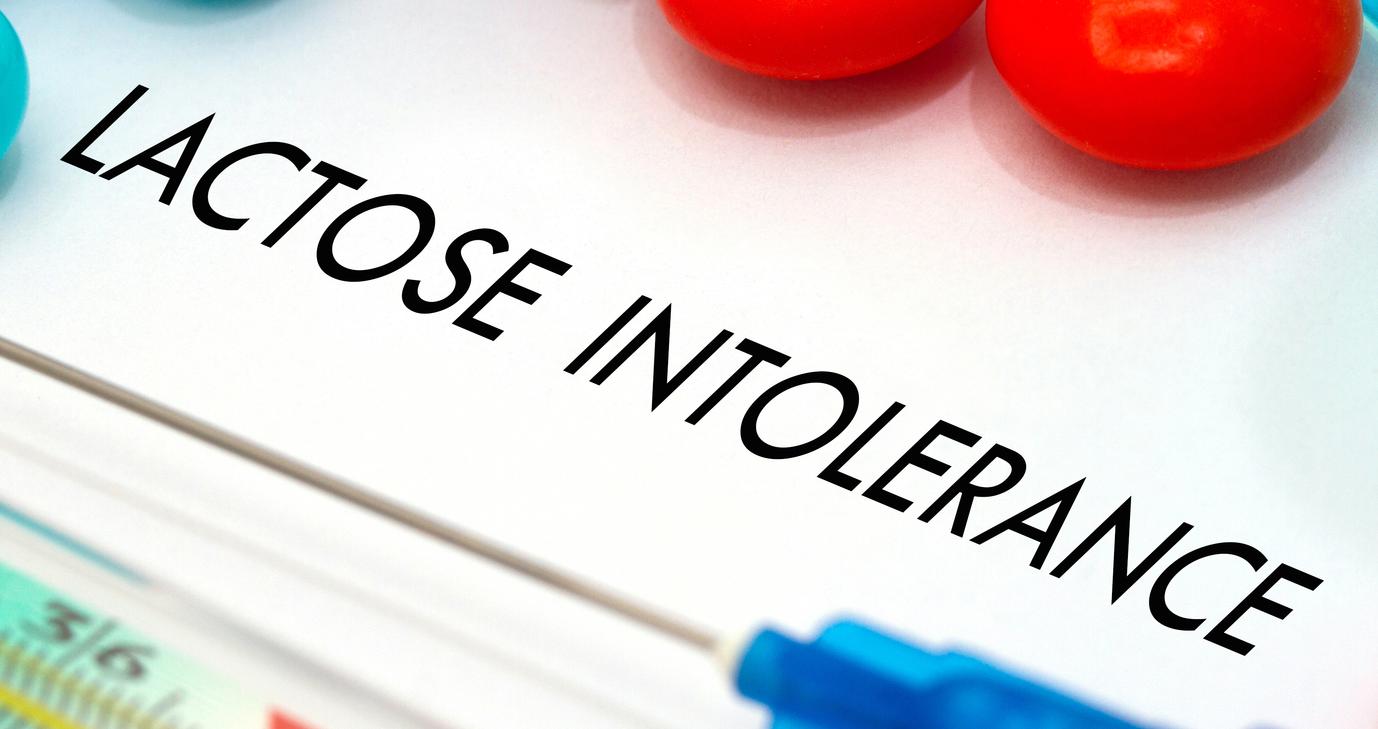What Is Hypolactasia?
Hypolactasia is a deficiency in enzymes that can lead to lactose intolerance and malabsorption. Adult-type lactase deficiency or lactase non-persistence is the most common deficiency in enzymes that can cause malabsorption of lactose and overall lactose intolerance. When bacteria from the undigested lactose ferments in the colon, an affected individual will experience gas bloating, loose stools, and an increase in motility. Motility is the word used for the contractions of the digestive muscles, and increased contractions mean more cramping and intestinal distress. Doctors diagnose hypolactasia by looking at genetics, clinical symptoms, and performing different tests. The main treatment is to make diet adjustments to the amount of lactose consumed. Most individuals fare best from having little to no lactose in their diet.
Link To Lactose Intolerance

Hypolactasia is one of the leading causes of lactose intolerance, which occurs when the body has trouble digesting lactose, a sugar found within dairy products. Lactose is comprised of two simple sugars. Some individuals with lactose intolerance can handle a little lactose in their diets before they develop symptoms, while others cannot tolerate any lactose at all. There are a variety of symptoms of lactose intolerance, including nausea, gas, diarrhea, bloating, and abdominal pain. Individuals with lactose intolerance will typically start experiencing symptoms from a half-hour to two hours after they ingest dairy products. While lactose intolerance doesn't cause permanent damage to the digestive system, it can be very uncomfortable or even painful. Doctors recommend treating lactose intolerance by eliminating lactose from the diet. Doing this typically causes symptoms to be either resolved or dramatically reduced. Individuals may be born with lactose intolerance, or they may develop lactose intolerance as they get older. All types of lactose intolerance are related to a lack of lactase. This enzyme is located in the small intestine and is responsible for breaking lactose into galactose and glucose, which are sugars the body can then process.
Keep reading to learn about the link between hypolactasia and other conditions next.